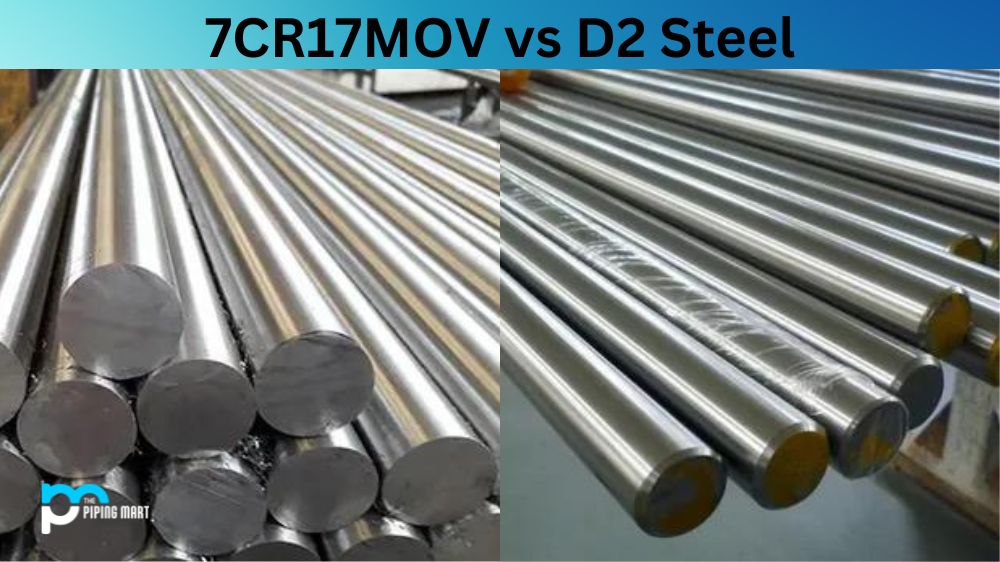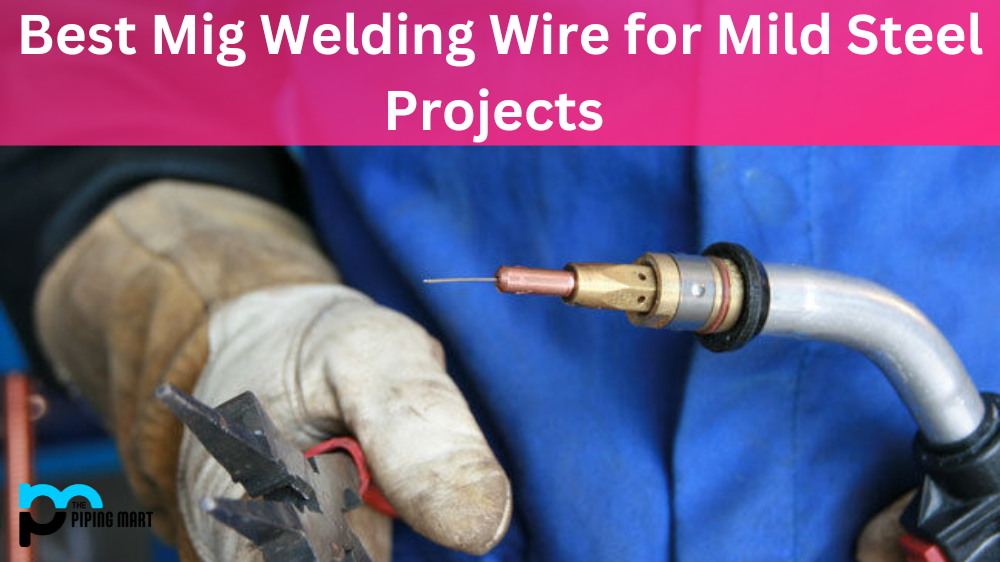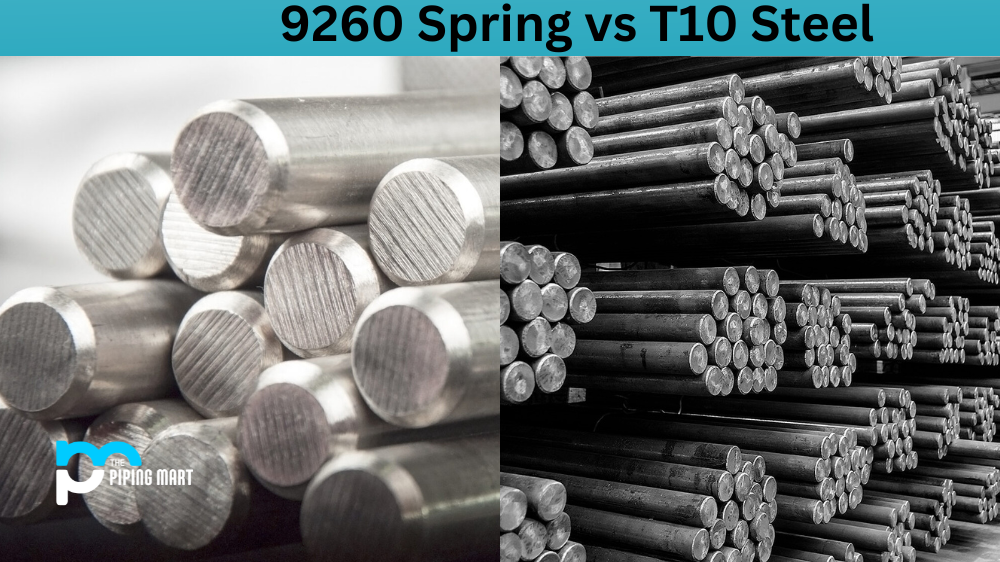If you’re in the market for a new knife, choosing the right steel is one of the biggest decisions you’ll have to make. There are countless types of steel to choose from, but two that are often compared are 7CR17MOV and D2 steel. While both are popular among knife enthusiasts, they have significant differences that can impact their performance. In this blog, we’ll look at these two steels, what they’re made of, and what sets them apart.
What is 7CR17MOV Steel?
7CR17MOV steel is a type of high-carbon martensitic stainless steel. It contains 1% silicon, 17% to 18% chromium, and 0.75% molybdenum and vanadium for enhanced hardness and corrosion resistance compared to conventional steels. It has excellent edge retention, making it an ideal material for knives and other tools that require sharp edges.
What is D2 Steel?
D2 Steel is a highly wear-resistant and hard tool steel with strong toughness. It is often used in industrial and professional cutting tools for its excellent edge retention, hardness, and corrosion resistance. Its composition includes 1.40%-1.60% Carbon, 0.60% Manganese, 11.0-13.0% Chromium, 0.30% Nickel, 1.10% Vanadium and 0.70 % to 1.20 % Molybdenum as well as other alloying elements that make it one of the toughest available steels on the market today!
Difference Between 7CR17MOV and D2 Steel
Composition and Hardness
7CR17MOV is a low-end stainless steel that is often used in budget knives. It’s made of 1% silicon, 17% to 18% chromium, and 0.75% molybdenum, which makes it resistant to corrosion and gives it some toughness. it typically ranges between 60-63HRC on the Rockwell hardness scale.
D2 steel, on the other hand, is a high-end tool often used in quality knives. It’s made of 1.40%-1.60% carbon, 11.0-13.0% chromium, 0.70 % to 1.20 % molybdenum, 1.10% vanadium, and 0.60% silicon, which gives it high wear resistance, hardness, and edge retention. It usually ranges between 55-62 HRC on the Rockwell scale, making it significantly harder than 7CR17MOV.
Edge Retention and Sharpness
Because D2 steel is harder, it maintains its edge longer than 7CR17MOV. This means you’ll spend less time sharpening your knife, and it will stay sharp for longer periods. However, D2 steel can be more challenging to sharpen due to its hardness, which may require specific sharpening equipment.
7CR17MOV is easier to sharpen than D2 steel but also dulls faster. This means you’ll spend more time sharpening your knife, and won’t stay as sharp for as long as a D2 steel knife.
Corrosion Resistance
One of the benefits of 7CR17MOV steel is its high corrosion resistance. It’s stainless steel, which means it’s less likely to rust and tarnish than other types of steel. This makes it ideal for outdoor or marine environments where a knife will likely be exposed to moisture.
D2 steel isn’t as corrosion-resistant as 7CR17MOV, although it can still hold up well in humid environments. However, it’s important to keep D2 steel knives dry to prevent corrosion, and you should apply oil or other protectants to help keep it rust-free.
Price
Because 7CR17MOV steel is a lower-end steel that is easier to manufacture, it tends to be less expensive than D2 steel. If you’re on a budget or looking for a knife for casual use, a 7CR17MOV steel knife may be a good option. However, if you want a high-quality knife that will last for years and hold its edge, investing in a D2 steel knife may be worth the extra cost.
Conclusion:
The steel to choose comes down to your specific needs and preferences. If you’re looking for a budget-friendly knife that can handle general use and is easy to sharpen, 7CR17MOV steel is a good option. However, if you want a knife that can hold its edge for longer, has high hardness and wear resistance, and can stand up to heavy use, D2 steel is the way to go. Whichever one you choose, take proper care of it to ensure it lasts as long as possible.
Meet Heer, a dynamic and driven writer learning tricks of her trade in the metal industry. With a background in Digital Marketing, Heer brings a unique perspective to her writing, sharing valuable insights. Apart from blogging she like reading and hiking.




